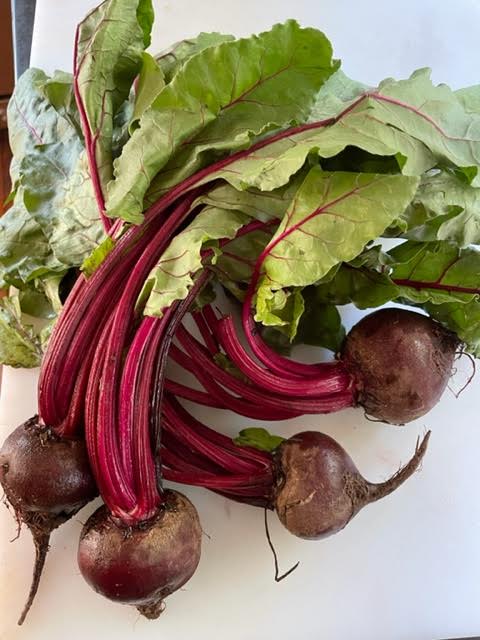
Wednesday, August 31
There was a line in a television documentary we just viewed that went something like: That particular eventful afternoon in your childhood—how many more times in your life will you remember it? Perhaps five?
Actually, there are several childhood afternoons, and mornings for that matter, that I think of frequently, even though they weren’t always eventful: That Christmas morning when I woke before my parents and, as they dozed on, I went to check out the loot awaiting me below the Christmas tree. Or that day when the oppressive summer heat finally broke and I went out to ride my tricycle in the crisp, sunny morning. I had on a red-and-black checked plaid overshirt—and, at my mother’s insistence, a cap with Rocky-and-Bullwinkle-style earflaps, which I considered mortifyingly unstylish. (I was already eager for the J.F.K.-inspired, hatless decade of the 1960s.)
My father always took afternoon naps. His job at C.E. Thompson Lumber Co. was apparently not so demanding that he couldn’t come home for lunch—often a tomato and mayonnaise sandwich on white bread—and a half-hour snooze. I marveled at how he could fall asleep—apparently even then I was a restless sleeper—and how he could wake up after only a half-hour. So I remember one particular day as I went into his bedroom just as he was stirring: the slightly funky smell of his sweaty sheets. The orange, late afternoon light as it came in through the Venetian blinds. His boxer shorts and white T-shirt. And how he always put his shoes on first, then slipped into his baggy-legged gabardine trousers. Were those really still in style in the 1950s…or had he somehow retained such pants from the Big Band-era 1940s?
And speaking of gabardine…does it no longer exist? He had lots of things—non-button-down, luxurious feeling shirts, pants with copious pleats—made of the material. Now, most everything is just cotton (or perhaps a cotton-polyester blend), which must be just too plentiful and cheap for manufacturers to resist. The consuming public knows no better.
My disparate memories are often bound up with clothes: the rolled-cuff blue jeans that I’d wear in cooler weather. Several green-corduroy winter coats—always dark green. The high-top sneakers (we called all such shoes, regardless of their style, “tennis shoes”) that I got new versions of every spring. I remember sitting in Miss Jones’ sixth-grade class, proud of my then-spanking-clean, thick-soled shoes, and looking out the window at the big oak tree that graced the playground. I couldn’t wait for recess and the inevitable softball game. Then, I’d be able to wear my navy blue felt baseball cap. That’s another fabric missing today: felt.
I have dozens of such memories. Lately, the summer heat has made me think of our Sunday, after-church dinners, when we’d often have fried filets of fish. (My father was an avid fisherman; I seldom had the patience to sit for sweltering hours in the boat, waiting for Mr. Smallmouth Bass to grab the artificial lure.) My poor mother didn’t even like fish—but because he’d caught it, she’d have to fry it up in her small, airless kitchen. More than the fish, I miss the stinky, farm-raised tomatoes (5¢ a pound at the local farmers market) and the tiny field peas (“lady peas” she called them) that she served on the side. The peas didn’t have much flavor but they were a Southern staple, just as much as the more famous black-eyed peas. Was there dessert? I don’t remember any. Maybe that came later in the day.
My sister died in the polio epidemic of 1956, age 12. She’d had one of the Salk vaccine jabs, but got the disease anyway in the late fall of the year.
Was that timing unusual? Polio epidemics seemed to arrive in the summer months–so much so that some people called polio “the summer illness.” The Salk vaccine was chosen for use throughout the U.S. in 1955. By 1957, following mass immunizations promoted by the March of Dimes, the annual number of U.S. polio cases fell from a peak of nearly 58,000 cases to 5,600 cases. But, as I recall, it was Albert Sabin’s oral vaccine, which came around in the early 1960s, that really conquered the illness. After a wave of oral-vaccine immunization, by 1961 only 161 cases were reported in this country.
Tonight’s dinner: coconut chicken curry and cucumber raita.
Entertainment: The Mubi music video Ryuichi Sakamoto: Async at the Park Avenue Armory.


